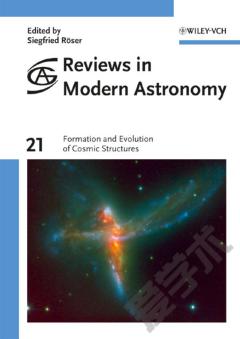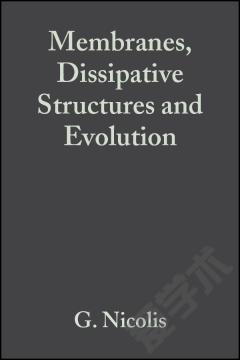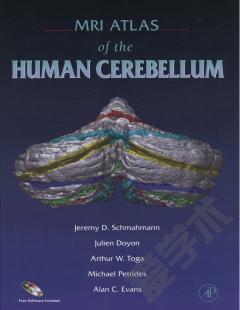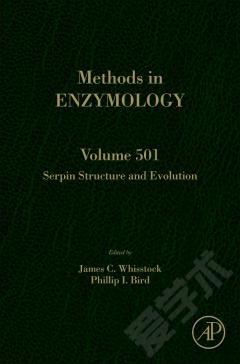Composition, Deep Structure and Evolution of Continents
The ensemble of manuscripts presented in this special volume captures the stimulating cross-disciplinary dialogue from the International Symposium on Deep Structure, Composition, and Evolution of Continents, Harvard University, Cambridge, Massachusetts, 15-17 October 1997. It will provide an update on recent research developments and serve as a starting point for research of the many outstanding issues. After its formation at mid-oceanic spreading centers, oceanic lithosphere cools, thickens, and subsides, until it subducts into the deep mantle beneath convergent margins. As a result of this continuous recycling process oceanic lithosphere is typically less than 200 million years old (the global average is about 80 Myr). A comprehensive, multi-disciplinary study of continents involves a wide range of length scales: tiny rock samples and diamond inclusions may yield isotope and trace element signatures diagnostic for the formation age and evolution of (parts of) cratons, while geophysical techniques (e.g., seismic and electromagnetic imaging) constrain variations of elastic and conductive properties over length scales ranging from several to many thousand kilometers.
{{comment.content}}








 京公网安备 11010802027623号
京公网安备 11010802027623号